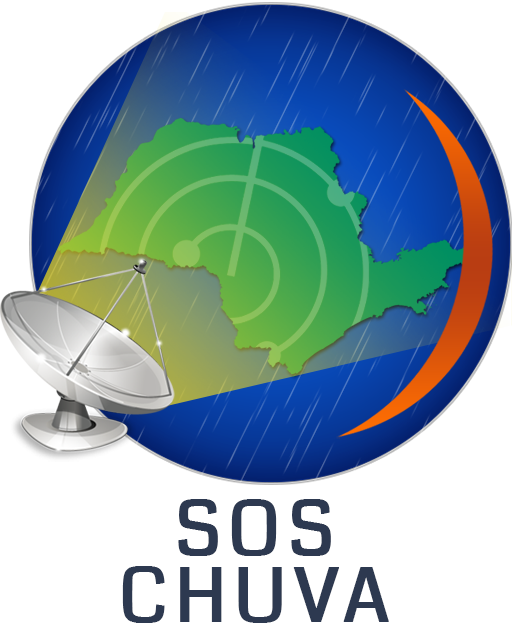Several cities in eastern São Paulo state were affected by heavy precipitation and severe winds on the afternoon of 14 March 2018. In Campinas, winds greater than 85 km/h were reported, resulting in fallen trees and damage to buildings (https://g1.globo.com/sp/campinas-regiao/noticia/temporal-em-campinas-e-valinhos-tem-vento-a-85-kmh-e-queda-de-arvores.ghtml).
The synoptic-scale flow in the mid/upper troposphere was characterized by a ridge north of São Paulo state, and strong zonal flow in the southern part of the state (500-hPa field below). There was no synoptic-scale forcing for ascent, but the strong zonal flow was important to the relatively high wind shear in the area.
Fig: 500-hPa cyclonic vorticity (10^-5 s^-1, shaded), geopotential height (dam, black contours), temperature (°C, blue contours) and winds at 18Z 14 March 2018.
Moisture was not a problem in the area, where dewpoints reached more than 20 °C in several locations. The 850-hPa flow (below) shows moderate northwesterly flow in the region in association with specific humidity in the lowest 100 hPa of more than 15 g/kg, which characterizes a very moist (and buoyant) planetary boundary layer.
Fig: Specific humidity in the lowest 100 hPa (g/kg, shaded) and 850-hPa streamlines at 18Z 14 March 2018.
The 12Z São Paulo sounding (below) depicts a very unstable profile for the morning. With the expected diurnal heating, temperatures rose to more than 33°C, and CAPE increased to more than 2500 J/kg (second figure below). Also, the winds were relatively intense in the lower and mid troposphere, which favored severe storms.
Fig: Most unstable CAPE (J/kg, shaded) and 1000-500-hPa wind shear at 18Z 14 March 2018.
The storm that affected Campinas is shown below. The storm formed over the Campinas area at 00:40 UTC (first figure below) and caused intense precipitation. It soon evolved to a bow echo at 01:30 UTC (second figure below), which is generally associated with high winds.
Fig: São Roque reflectivity (dBZ) at 00:40Z and 01:30Z 15 March 2018.
The VIL was also high (> 40 mm) over Campinas as soon as the storm formed, and indicated a high-precipitation storm. The high precipitation was likely responsible for the bow echo formation as the cold pool spread over the surface.
Fig: São Roque VIL (mm) at 00:40Z 15 March 2018.





























